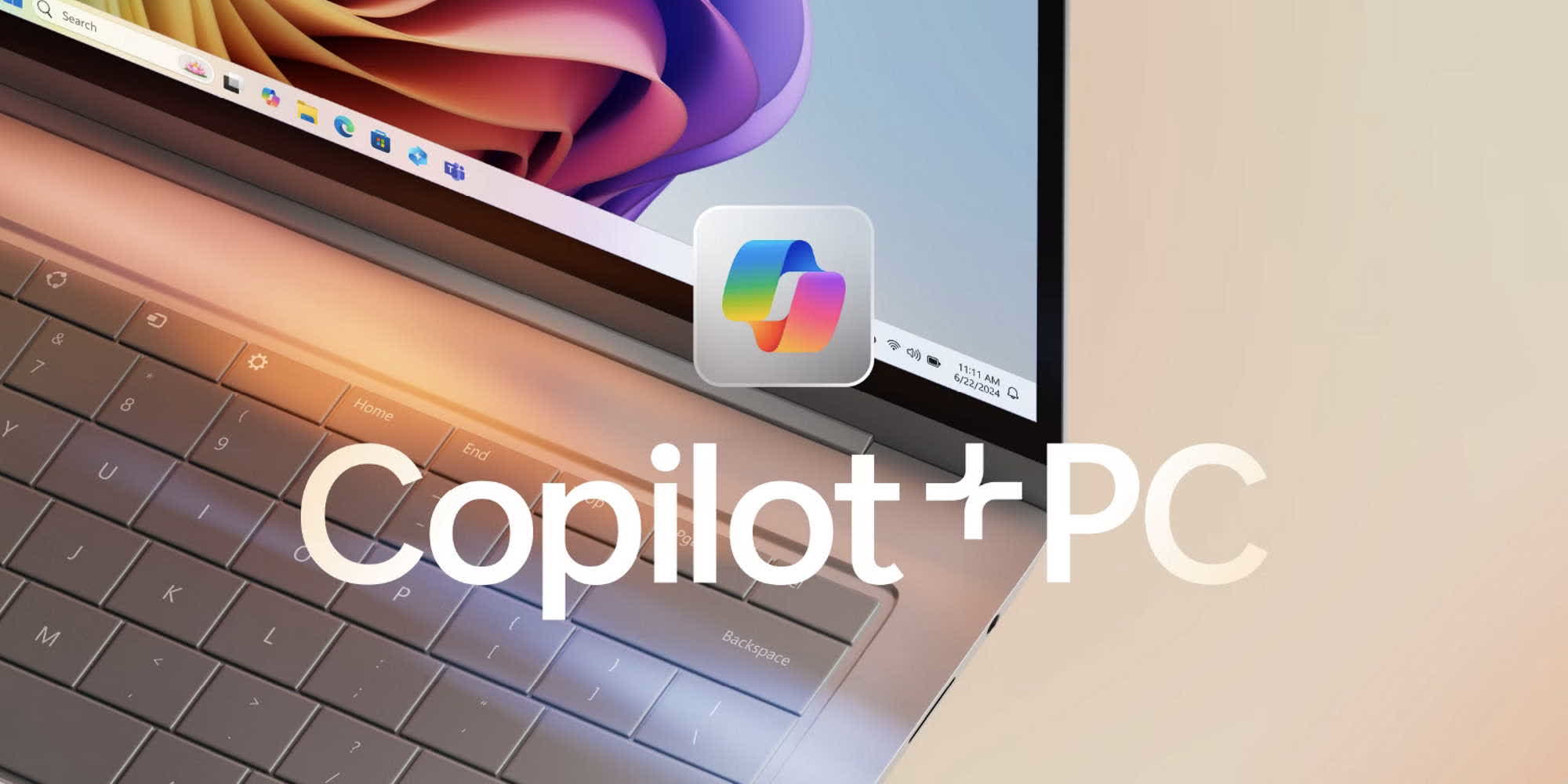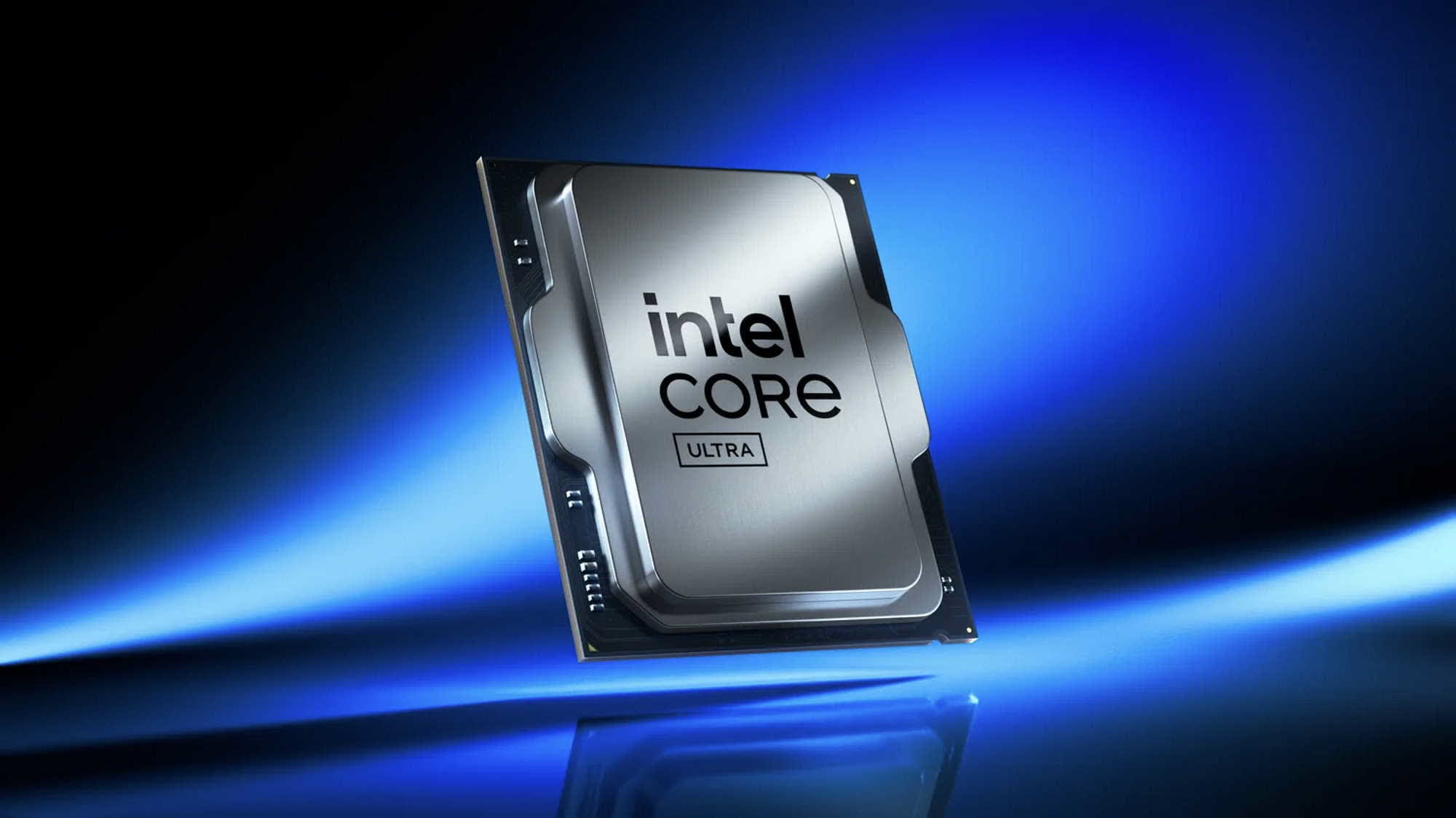Editor's take: Microsoft currently offers its Copilot+ service on select all-in-one and laptop designs. However, Intel may soon shake up the market with its upcoming Arrow Lake refresh CPU lineup. Gamers, take note: there's nothing particularly exciting for you in this release.
Intel is preparing to launch an upgraded version of its Arrow Lake CPU series, featuring slightly higher clock speeds and a brand-new NPU aimed at users interested in AI technologies.
According to Korean sources cited by ZDNet, the new CPU line is expected to arrive in the second half of the year and will likely disappoint many PC users still waiting for a true Intel comeback against AMD's performance lead in the desktop market.
The updated Arrow Lake chips are expected to include the new "NPU 4" silicon design, adding AI acceleration capabilities similar to those found in Copilot+ systems. If accurate, the refreshed Core Ultra 200 series could become the first desktop CPUs to support this level of AI integration, potentially expanding access to Microsoft's AI features across the broader Windows ecosystem.
However, the processors will reportedly retain the same CPU and GPU cores as the current models, meaning performance and hardware improvements – outside of the NPU – will likely be minimal. The troubled Arrow Lake platform will also remain plagued by previously identified issues, including a recently revealed and particularly frustrating throttling bug affecting high-end PCIe 5.0 SSDs.

Existing Core Ultra 200 CPUs already include built-in NPU technology, but their performance doesn't meet Microsoft's requirements to fully accelerate the Copilot chatbot. The upcoming NPU 4 architecture is expected to bring the same AI capabilities found in Intel's Lunar Lake laptop-class CPUs, making the refreshed Arrow Lake chips more viable for AI workloads.
Intel introduced the Arrow Lake microarchitecture in October 2024, promising a more efficient and cooler desktop processor lineup aimed at productivity and general computing. However, the launch was widely regarded as a disappointment among PC gamers, with performance trailing behind even the older Raptor Lake-S Refresh architecture.
Intel attempted to boost Arrow Lake's appeal through microcode and firmware updates, but the results have been underwhelming. As it stands, Arrow Lake remains a lackluster product in the desktop space, and AMD continues to aggressively eat into Intel's market share.
Can slightly higher clock speeds and a significantly upgraded NPU rescue Intel's second attempt at launching a new desktop CPU architecture? For now, we'll have to wait and see how the Arrow Lake refresh stacks up against an increasingly competitive field.
